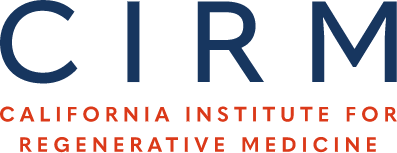Drug Discovery for Duchenne Muscular Dystrophy Using Patient-Derived Human iPSCs
Research Objective We will utilize human induced pluripotent stem cells derived from Duchenne muscular dystrophy (DMD) patients for drug testing and drug discovery for this rare genetic disease. Impact Diverse…



